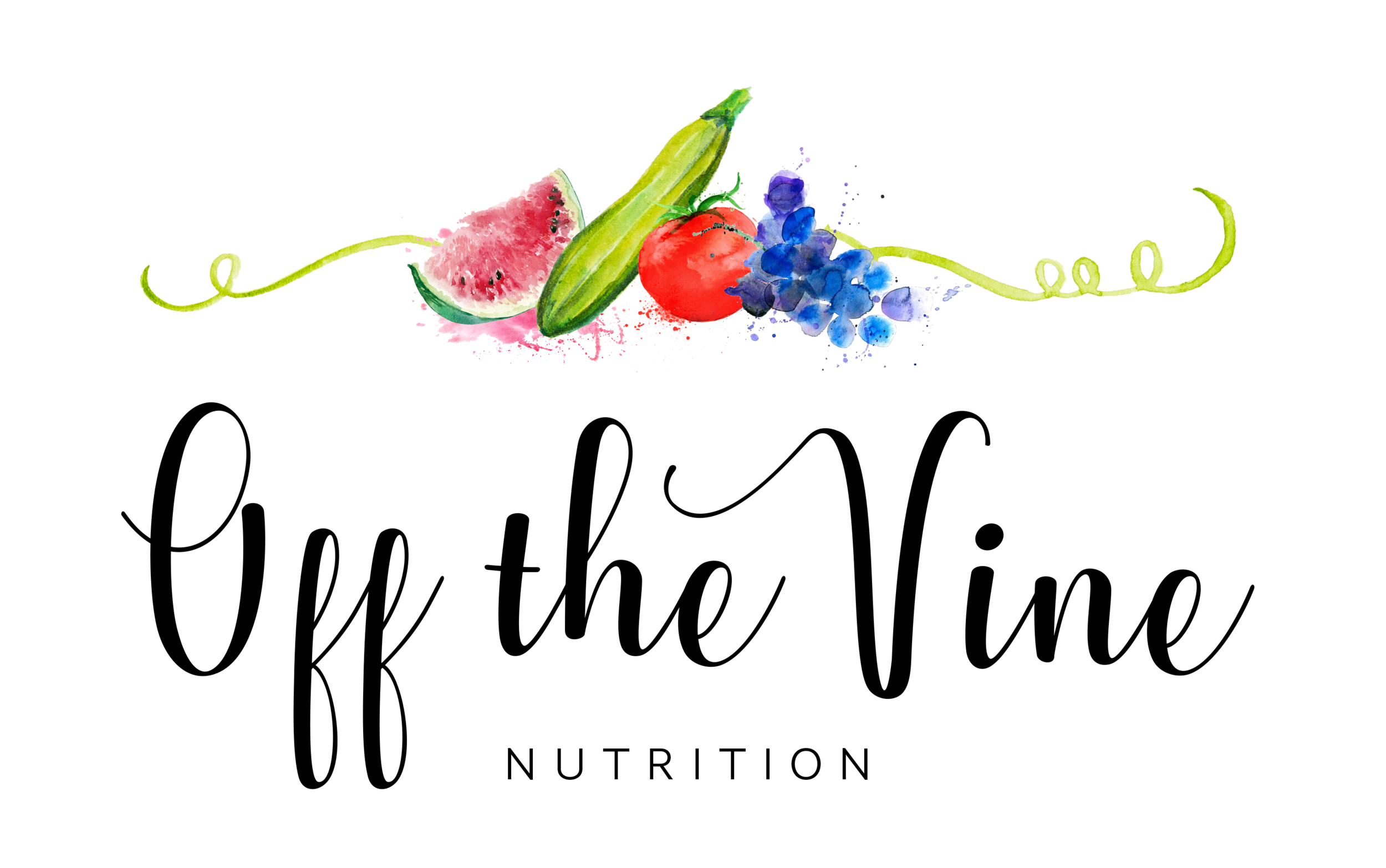Halloween, Allergies, & the Teal Pumpkin Project®
In the United States, 1 in 13 children have a food allergy. That’s equivalent to approximately 2 children per classroom. Aside from other health concerns for those with a food allergy, quality of life is a big consideration that should not be overlooked. Due to severe food allergies, some children have not been able to attend birthday parties, or go to a sleepover, and these children may be at a higher risk for anxiety.
With so many childhood events having barriers for those with food allergies, there has been recent initiatives to make them more inclusive.
Halloween is right around the corner, and you can already sense the excitement in the air! I bet most of you reading this have some great memories of running door-to-door in costumes with your siblings and friends trick-or-treating, trying to get to as many houses as possible, and getting home to go through all the candy you got! Halloween is most definitely one of the most exciting holidays for children, at least in my book it is!
The goal of the Teal Pumpkin Project® is to make Halloween a more inclusive holiday, removing some of the stress and anxiety children and parents go through during this time of year navigating food allergies. This project was started by Food Allergy Research & Education (FARE). Imagine going trick-or-treating and not being able to eat any of the candy, and most houses having only candy, and nothing else for you to take? That makes me pretty bummed out just thinking about it.
Good thing there is something we all can do to help, thanks to the Teal Pumpkin Project!
How it Works
Put out a teal colored pumpkin to show you are a participating house/establishment
You can hang a sign or flyer, grab one of these garden flags or yard signs
Paint a pumpkin teal
or buy a teal trick or treat bucket like this to set out
Offer non-food treats so children with allergies are able to safely enjoy something without being concerned about their food allergies. (If you do offer candy, be sure to keep it in a separate bowl).
Here are some examples of non-food treats you can offer: Glow sticks, plastic bead necklaces, bubbles, halloween pencils & erasers, mini slinkies, bouncy balls, spider rings, vampire fangs, stickers, etc.
As an Amazon Associate I earn from qualifying purchases
Food Allergies
15 million Americans have a food allergy, and many have more than one. Food allergy development commonly occurs in childhood, with most children developing theirs before two years of age. Although development of an allergy can occur later in life and throughout adulthood as well.
The National Institute of Allergy and Infectious Diseases (NIAID) define a food allergy as ‘an adverse health effect arising from a specific immune response that occurs reproducibly on exposure to a given food.’
The more commonly understood part of the definition is ‘an adverse health effect..that occurs on exposure to a given food.’ The adverse health effect can be itching, hives, swelling, shortness of breath, or in severe cases, anaphylaxis, when exposed to a food that mounts an allergic reaction. This is typically what people recognize as a food allergy. The less understood part is that bit in the middle, ‘arising from a specific immune response.’ If you care to know more about what happens in our bodies to cause such a reaction, keep reading! If not, scroll past the video.
There are two types of allergic reactions. Ones that are IgE-mediated, and ones that are non-IgE mediated. IgE stands for Immunoglobulin E, and it is a type of antibody in our bodies that functions as part of our immune system to keep us healthy. An antibody is a type of blood protein that works to neutralize foreign substances. When it is functioning properly, it locates a threat to the body, like a parasite or bacteria, and alerts the body to fight it off. This releases histamine, which usually induces symptoms like coughing, wheezing, itching, and hives. An IgE-mediated food allergy occurs when the body’s IgE starts reacting to normal proteins, that are not harmful to us, such as milk, wheat, or egg proteins, that cause the same histamine release resulting in an allergic reaction. Non-IgE food allergies involve other components of our immune system, which have more delayed symptoms, is less understood, and are harder to diagnose.
There is a group of the most common food allergies people experience, commonly referred to as the ‘Top 8 Allergens’ or the ‘Big-8.’ This includes: Milk, Soy, Egg, Peanut, Tree Nuts, Wheat, Fish, and Shellfish. These foods account for about 90% of all food allergies in the United States. Due to the high prevelance of these eight allergens, companies are required by law to declare if their product contains any of those allergens on the food label. With this in mind, you could even take Teal Pumpkin Project a step-further, and make sure to pick up some candy that is free from the Big-8 allergens. This way, if a child does come to your door on Halloween with a food allergy to one or more of the Big-8 allergens, they might be able to find something they’re able to enjoy! (Always refer child or parent to the label, and have them decide what they are comfortable with having. There are complexities in the food labeling requirements, especially regarding the voluntary ‘may contain’ statements found on many items). Again, children may have other food allergies not in the Big-8, so you should still keep these separate from the non-food treats you’re offering since those are 100% food allergy free!
For more detailed information this site has specific allergy information on each candy. Those pictured above are free of all Big-8 allergens. There is additional information for candy that are free of a few, but not all, of the Big-8 allergens from the site as well.
References & Resources
https://www.foodallergy.org/education-awareness/teal-pumpkin-project
https://www.spokin.com/candy-guide/list-of-food-allergy-friendly-halloween-candy/



